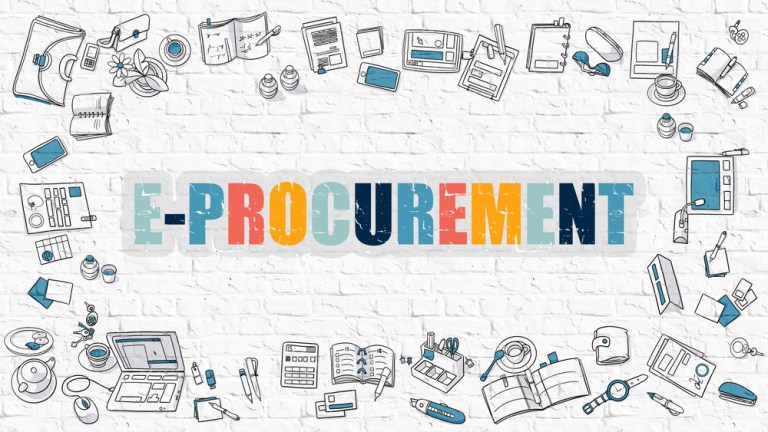
There are four factors driving the growth of the outsourced procure-to-pay market, according to a new report released by Technavio this week.
According to Technavio, the need to cut costs in the procurement process, modernizing indirect procurement processes, managing risk and automation are behind the forecasted 15.77 percent compound annual growth rate expected for this industry between 2016 and 2020.
The report, announced on Wednesday (July 27), dives into how corporations are prioritizing each of these four factors in a modern market landscape.
“The outsourcing of business processes helps firms to gain access to local talent, advanced technologies and skilled workforces,” explained Technavio Lead Analyst Amit Sharma in a statement. “Also, client firms can improve their economical cost structure, as they do not have to pay for extra office space, equipment or specialist employees. They also do not need to invest in in-house staff training.”
Researchers found that top-tier procure-to-pay vendors can result in a reduction of indirect procurement costs of between 4 and 14 percent. Modernization, Technavio noted, enables businesses to increase visibility into their procurement processes.
Corporations are also prioritizing risk management within their P2P functions, researchers said, with the enterprise tasked with maintaining compliance. Data analytics provide tools to analyze risk, research the market and analyze spend patterns.
Further, businesses are also looking to automate the procure-to-pay process from end to end. Invoice management and other procurement-related processes can provide matching and invoice correction capabilities that manual processes cannot offer, the report concluded, and enable greater control throughout the procurement process.
“Indirect procurement costs account for 35–55 percent of the total spend of organizations in their business life cycle,” Technavio stated in its announcement. “Outsourcing of indirect procurement functions can save significant amounts of money, as well as increase the bottom line. Every dollar that is unnecessarily wasted on indirect procurement can be saved for organizations to improve profitability.”